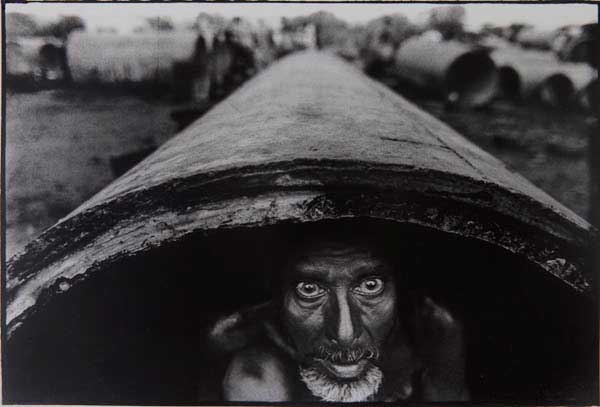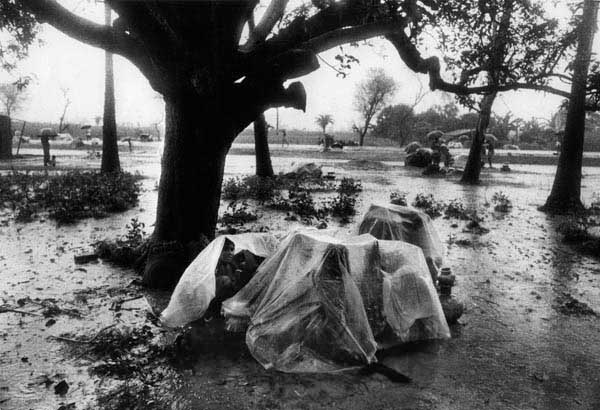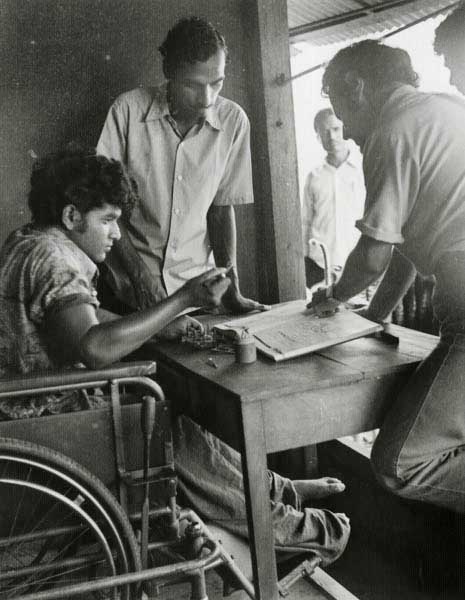THE SEARCH FOR KALPANA CHAKMA
??/??28TH JANUARY 2016

Shahidul Alam has long been gripped by the life of a woman he has never met.
It?s been two decades since Kalpana Chakma was abducted, but Shahidul refuses to forget her. Standing at the threshold of his latest exhibition,Kalpana?s Warriors, the Bangladeshi photographer pauses for a moment.
In the room beyond is the third in a series of photo exhibitions that began with Searching for Kalpana Chakma in 2013, and was followed by 18 in 2014. The woman around whom these pictures revolve is notably absent from them. She was abducted at gunpoint in the early hours of 12 June 1996 from her home in Rangamati in Bangladesh. Her captors were a group of plain-clothed men who were recognised as being from a nearby army camp. Kalpana never returned home and her fate remains unknown.
When the exhibition first opened at the Drik Gallery in Dhaka, many of those who had been photographed could not risk coming out of hiding, yet the room was full of people who knew Kalpana?s story intimately. Some simply stood for a while before the portraits, others wept.


